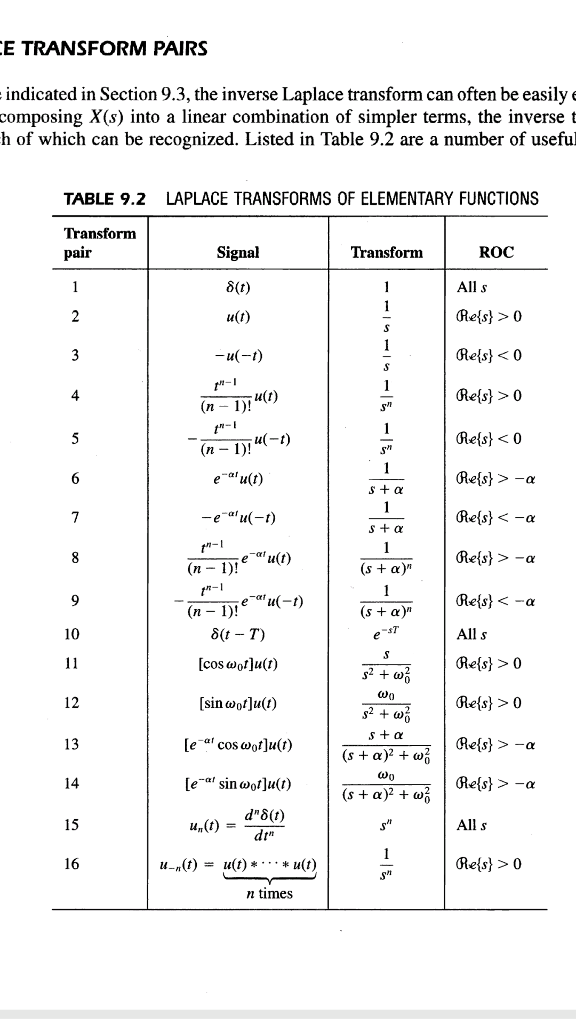
This in turn reduces bias related to the assumption of either one or two exponentials for the solution compared to conventional mono or bi exponential fitting techniques. The Mexp method proposed herein requires no a priori assumption on the number of components (one or two) but rather uses the objective T2 criterion for the optimal choice regarding the number of T2 decaying exponential components. This in turn will serve as a preliminary step to evaluate the agreement of the proposed Mexp method with the well-established ILT method. The focus of this study is the characterisation of fat and water containing phantom samples based on two different relaxometry methods, the inverse Laplace transform (ILT) and a proposed multiexponential (Mexp) method. In order to gain insight into voxel composition, it is important to decompose the voxel signal into its distinct T2 components and their calculated T2 value as descriptive features of its composition. Thus, acquired T2 relaxometry curve is the overall result of the summation of the signal coming from both water and lipid protons in a certain voxel. Clinical T2 relaxometry sequences measure signal from aqueous or fatty components indiscriminately within a single voxel. Materials mimicking adipose tissue relaxation such as corn oil present biexponential decay with a shorter and a longer T2 component, indicating the presence of two proton components in the fatty acid chains. Consequently, an appropriate analysis of T2 decay may reveal information stemming from the inner structure of tissue or material at a submillimetre scale.įree water exhibits pure monoexponential decay with long T2 values while water in tissue bound to lipids and proteins has a different relaxation behaviour with shorter T2 values.
#Inverse laplace transform table free#
T2 relaxation curve is affected by the tissue free water content, fraction of water bound to molecules and macromolecules, local tissue temperature, tissue fat content, presence of paramagnetic particles and pH value. Current clinical applications of T2 relaxometry include assessment of myelin in the brain, collagen or oedema/inflammation in the articular cartilageand of fat and iron content in the liver and heart. One of the best established biomarkers for tissue characterisation is transverse magnetisation (T2) relaxometry, utilised for a large variety of clinical and also non-clinical applications as it provides information from the inner structure of the imaging object and is also independent of reader, pulse sequence or imaging device. Mexp analysis with the adjusted R 2 criterion can be used for the detection of the T2 distribution of aqueous, fatty and mixed samples with the added advantage of voxelwise mapping. The number of T2 components by the Mexp method was compared to the ILT-derived spectrum as ground truth.

Phantom results showed pure monoexponential decay for acetone and water and pure biexponential behaviour for corn oil, egg yolk, and 35% fat milk cream, while mixtures of egg whites and yolks as well as milk creams with 12–20% fatty composition exhibit mixed monoexponential and biexponential behaviour at different fractions. Comparison of mean and standard deviation of T2 values for both methods was performed by fitting a Gaussian function to the ILT resulting vector.

The adjusted R 2 goodness of fit criterion was used to determine the number of T2 components using the Mexp method on a voxel-based analysis. The phantom was imaged using a 1.5-T system with a single slice T2 relaxometry 25-echo Carr-Purcell-Meiboom-Gill sequence in order to obtain the T2 decay curve with 25 equidistant echo times. MethodsĮleven samples of aqueous, fatty and mixed composition were analysed using ILT and Mexp. We performed a feasibility study for the voxelwise characterisation of heterogeneous tissue with T2 relaxometry. This study examines the qualitative agreement of ILT and a proposed multiexponential (Mexp method) regarding the number of T2 components.

The inverse Laplace transform (ILT) is the most widely used method for T2 relaxometry data analysis.


 0 kommentar(er)
0 kommentar(er)
